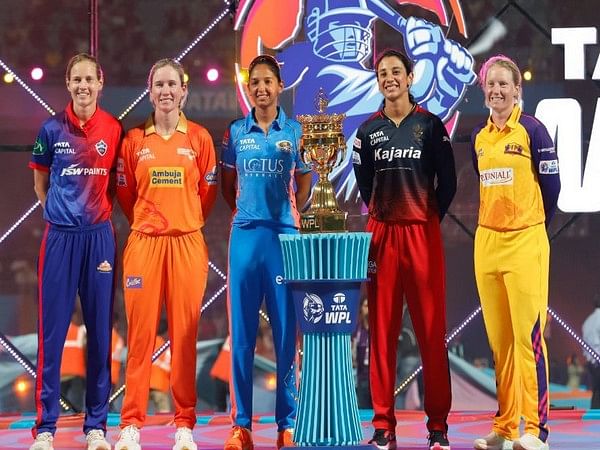
Thank you dear subscribers, we are overwhelmed with your response.
Your Turn is a unique section from ThePrint featuring points of view from its subscribers. If you are a subscriber, have a point of view, please send it to us. If not, do subscribe here: https://theprint.in/
The astonishing reach of the Women’s Premier League in its inaugural season has made a mark on the world and the minds of little girls across the country in particular. The WPL is the most valuable women’s cricket league, much like its male counterpart, the IPL. That’s where the similarity should end. The IPL has not translated into any ICC major trophy victory for the Indian men’s team. Indian men’s only success at ICC T20 World Cup came before the IPL, i.e., 2007.
Money Reigns
While WPL made major highlights across the world about its creation. 5 Franchises paid Rs. 4670Cr. to buy up a space at the WPL. The BCCI will also earn Rs. 951Cr. from broadcasting rights. However, away from the mouth-watering commercial numbers, the players auctioned will earn a pitiful amount of 59Cr distributed among the 87 players bought at the auction. A closer look at the numbers and we find that the majority of Uncapped Indian players will earn a mere 10-20Lakh over the entire tournament. Out of the 57 Indian players sold at the auction, 35 of them were signed up at their base price only. If these players had been part of an international tour game, they would’ve earned Rs. 3Lakhs per game and more global exposure. A WPL franchise had an Rs. 12 Crore cap on player purchases for their entire squad.
In comparison, the owners are making a minimum of Rs. 15Cr by selling slots for sponsorship on a team’s jersey itself. Franchise owners see ownership not as a sporting endeavor but as a purely commercial transaction that they hope to encash upon immediately. The BCCI is on the same bus. Based on the 2016-17 annual report, the top 3 executives of BCCI earned salaries total of Rs. 1.89Cr. Post 2017, there is no declaration of the finances of BCCI, which one can safely presume must have increased manifold. According to some reports, the president alone earns a salary of a whopping Rs. 5Cr. annually. the figures indicate only one thing, players and the game are not the primary beneficiaries of the cricketing extravaganza here.
Not for the Game
During the inception of the WPL & the IPL, the aim was to grow the game across the country. The Women’s Super League of the UK creates opportunities for almost 270+ professional players in a 12-team format at the top division. The tournament started with a base of 160+ professional players. Even in making the game a professional career path for the population, the BCCI is making no headway. In UK & Australia separately, approx. 2 lakh people are part of cricket at the club level. The UK alone has 3500 cricket clubs across the country. Comparatively, in the year 2017, BCCI had a total of Six thousand registered players across all formats and age groups. The BCCI needs data on the number of clubs, junior schools, or boys and girls playing the game. For all the riches it generates (approx. Rs. 2600 Cr.), the BCCI spends only 10% of its income on the organization of domestic tournaments.
The IPL Franchises are now multinational companies owning cricketing franchises across the world. These companies operate with lower accountability than that investment funds. The franchises own zero infrastructure assets across the country. Over the past 15 years, they have not contributed to any stadium development in India. Despite playing at the largest sporting arena, the Narendra Modi stadium, Gujarat Titan’s owner CVC Capital had zero contribution
towards the Rs. 800 Crore it took to build it. The franchises take away 80% of ticket sales while contributing nothing in return. In comparison, football club PSG paid Paris 80$ Million towards the upgrade of the Parc des Princes stadium. The franchise model of BCCI will never allow fan-owned local clubs to compete at the top level/ divisions.
Free the hostages
Hoping for BCCI to be more player-centric will be a long shot. An organization that constantly blocks any attempt towards transparency and regulation will likely remain the relic of its self-appointed courtiers. However, the BCCI must relax the rules and allow Indians to play in other leagues and clubs outside India while remaining eligible to represent India. In the long term, a bottom-up approach with grassroots regional clubs should replace the franchise model. Indian players and Indian cricket at large are hostages of BCCI as of now. The reform will allow players to seek out exposure and make cricket more financially viable for the community. It is time the gates are swung open.
These pieces are being published as they have been received – they have not been edited/fact-checked by ThePrint.

COMMENTS